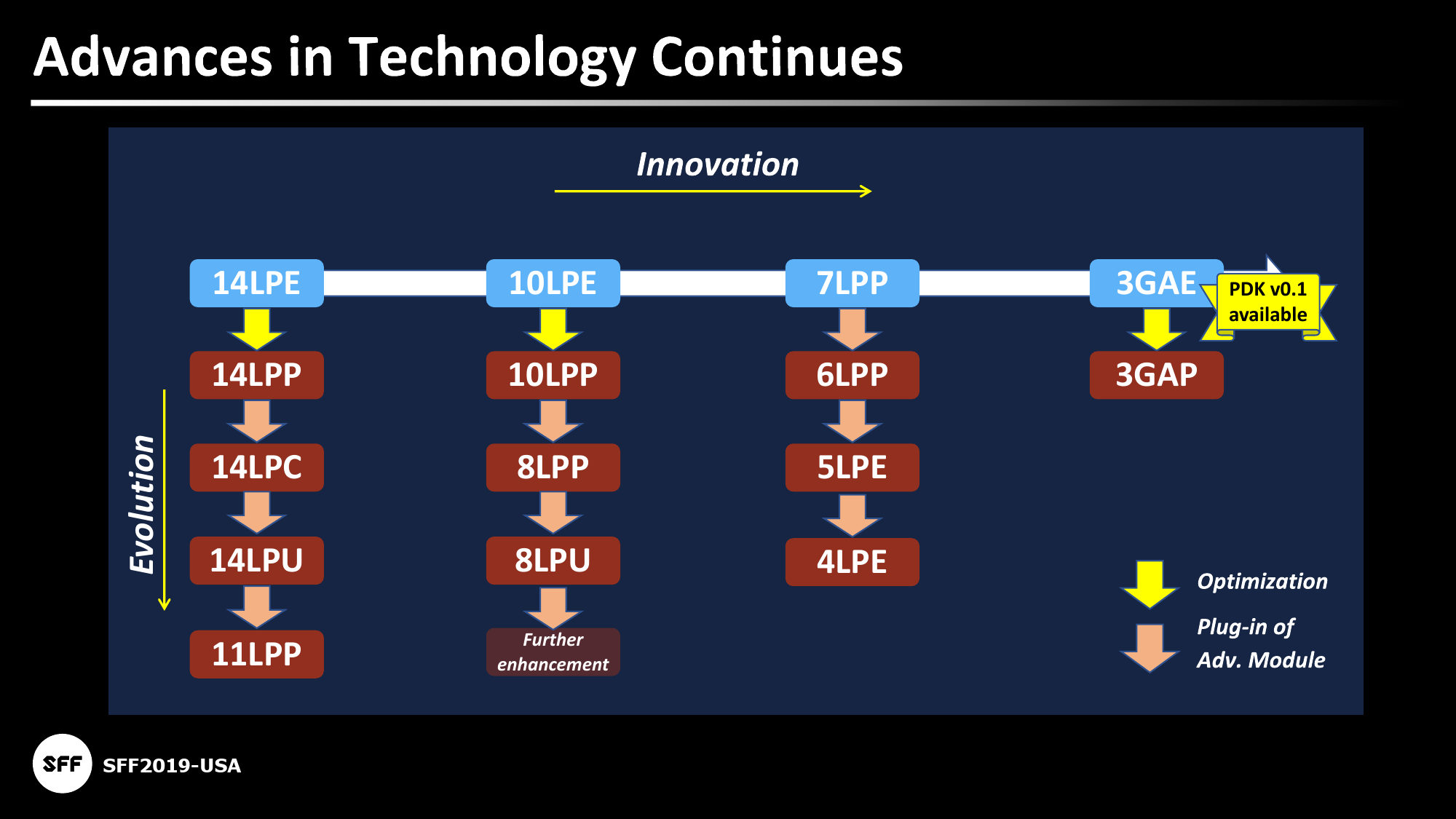DavidGraham
Veteran
NVIDIA clearly stated TSMC will produce the majority of 7nm orders, Samsung will get minor orders. The silliness is thinking NVIDIA will bifurcate their design across two foundries with two different fabrication processes.Samsung won Nvidia as a customer, that's a fact and there's plenty of proof around there. If this ends up being Samsung 7nm then your post here will look silly.


